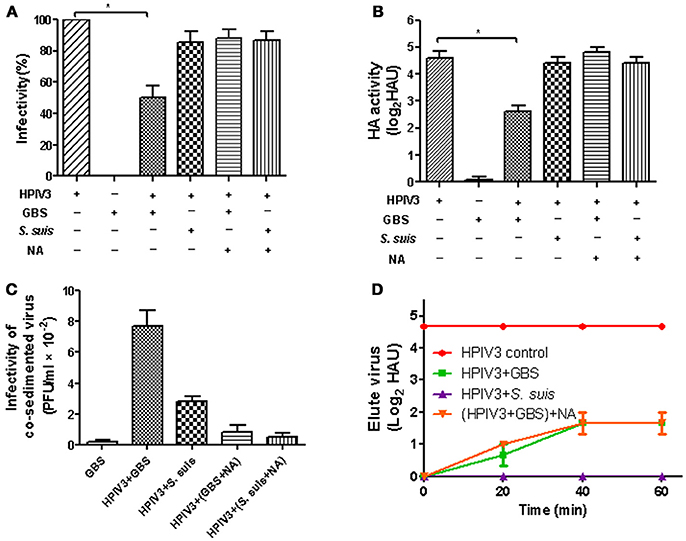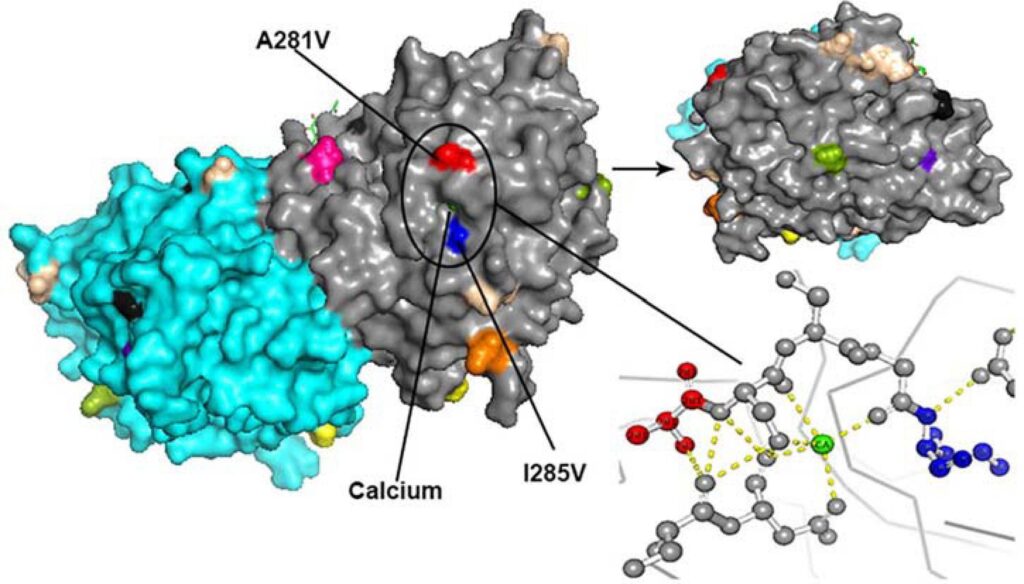Human Parainfluenza Viruses, commonly abbreviated as HPIVs, are a group of viruses that belong to the Paramyxoviridae family. These viruses are responsible for causing a range of respiratory illnesses, particularly in young children, older adults, and individuals with weakened immune systems. Despite their prevalence, many people remain unaware of these pathogens and their potential impact on health. This article delves into the types of Human Parainfluenza Viruses, how they spread, and the effects they have on individuals and communities.

Understanding the Types of Human Parainfluenza Viruses
There are four distinct types of Human Parainfluenza Viruses, each with unique characteristics and associated symptoms. These types are classified based on their genetic makeup and the specific illnesses they tend to cause.
Type 1
Type 1 is one of the most common forms of the virus and is primarily associated with croup, a condition characterized by a barking cough, difficulty breathing, and a hoarse voice. Croup tends to affect young children more frequently than adults, often occurring during the fall and winter months. Type 1 is highly contagious and spreads easily in environments where children congregate, such as schools and daycare centers.
Type 2
Type 2 shares many similarities with Type 1, including its association with croup. However, infections caused by Type 2 are generally less severe. Like Type 1, this virus also peaks during the colder months of the year. It is important to note that both Type 1 and Type 2 can lead to complications in individuals with pre-existing respiratory conditions, such as asthma or chronic obstructive pulmonary disease.
Type 3
Type 3 is known for causing bronchiolitis and pneumonia, especially in infants and young children. Bronchiolitis is an inflammation of the small airways in the lungs, while pneumonia involves infection of the lung tissue itself. Unlike Types 1 and 2, Type 3 infections are more prevalent during the spring and summer. This type of virus can be particularly dangerous for premature infants and those with compromised immune systems.
Type 4
Type 4 is the least studied and understood of the four types. While it is capable of causing respiratory illnesses, its symptoms are typically milder compared to the other types. As a result, Type 4 is often underreported and may go undiagnosed in many cases. Despite its relatively mild nature, it can still contribute to outbreaks of respiratory infections, particularly in crowded settings.
How Human Parainfluenza Viruses Spread
Human Parainfluenza Viruses are highly contagious and spread through close contact with infected individuals. Understanding the modes of transmission is crucial for preventing outbreaks and minimizing the spread of these viruses.
Respiratory Droplets
The primary mode of transmission is through respiratory droplets. When an infected person talks, coughs, or sneezes, tiny droplets containing the virus are released into the air. These droplets can then be inhaled by others in close proximity, leading to infection. This is why crowded indoor spaces, such as classrooms and public transportation, pose a higher risk for the spread of these viruses.
Direct Contact
In addition to airborne transmission, direct contact with contaminated surfaces plays a significant role in spreading the viruses. For example, if an infected individual touches their nose or mouth and then touches a doorknob or toy, the virus can survive on that surface for a period of time. If another person touches the same surface and then touches their face, they may become infected. This is why frequent handwashing and disinfecting commonly touched surfaces are essential preventive measures.
Fomites
Fomites refer to objects or materials that can carry infection, such as clothing, utensils, and toys. Children are particularly vulnerable to infection via fomites because they often put objects in their mouths and have frequent physical contact with peers. Daycare centers and schools are therefore hotspots for the spread of these viruses, especially during peak seasons.
The Impact of Human Parainfluenza Viruses on Health
While many cases of infection caused by Human Parainfluenza Viruses are mild, they can sometimes lead to severe complications, particularly in vulnerable populations. The impact of these viruses extends beyond individual health, affecting healthcare systems and communities as a whole.
Symptoms and Diagnosis
The symptoms of infection vary depending on the type of virus and the age and health status of the individual. Common symptoms include fever, runny nose, cough, sore throat, and difficulty breathing. In children, these symptoms can escalate quickly, leading to emergency room visits or hospitalizations. Diagnosis is typically made based on clinical presentation and may involve laboratory tests to confirm the presence of the virus.
Complications in Vulnerable Populations
Certain groups are at a higher risk of developing severe complications from these viruses. Infants born prematurely, older adults, and individuals with chronic medical conditions such as heart disease or diabetes are particularly susceptible. In these populations, infections can lead to life-threatening conditions such as pneumonia, bronchitis, or exacerbation of existing respiratory diseases.
Economic and Social Burden
- Healthcare Costs: Hospitalizations and medical treatments for severe cases place a significant financial burden on healthcare systems. This is especially true during peak seasons when the number of cases spikes.
- Workplace Absenteeism: Illnesses caused by these viruses often result in missed workdays for parents and caregivers, impacting productivity and economic stability.
- Disruption in Education: Outbreaks in schools and daycare centers can lead to temporary closures or quarantines, disrupting learning and social development for children.
Preventive Measures and Public Health Strategies
Given the widespread nature of these viruses, prevention is key to reducing their impact. Public health strategies focus on education, vaccination (where applicable), and promoting hygiene practices.
Promoting Hygiene Practices
Encouraging regular handwashing, covering the mouth and nose when coughing or sneezing, and avoiding close contact with sick individuals are simple yet effective ways to prevent the spread of these viruses. Schools and workplaces can play a vital role by implementing policies that promote cleanliness and provide access to hand sanitizers.
Vaccination Efforts
While there is currently no vaccine available for Human Parainfluenza Viruses, ongoing research aims to develop effective immunization strategies. In the meantime, vaccines for related respiratory illnesses, such as influenza, can help reduce the overall burden on healthcare systems and minimize the risk of co-infections.
Public Awareness Campaigns
Raising awareness about the risks and symptoms associated with these viruses is essential for early detection and treatment. Public health campaigns can educate communities about the importance of seeking medical care when necessary and adhering to preventive measures.
Ongoing Research and Future Directions
Despite advances in understanding Human Parainfluenza Viruses, much remains unknown. Ongoing research focuses on several key areas, including viral genetics, immune responses, and potential antiviral treatments.
Genetic Studies
Scientists are studying the genetic makeup of these viruses to better understand how they evolve and adapt over time. This knowledge can inform the development of targeted therapies and vaccines.
Antiviral Treatments
Currently, there are no specific antiviral medications approved for treating infections caused by these viruses. Researchers are exploring various compounds that could inhibit viral replication or boost the immune system’s ability to fight off the infection.
Global Collaboration
Addressing the challenges posed by Human Parainfluenza Viruses requires collaboration between researchers, healthcare providers, and policymakers worldwide. Sharing data and resources can accelerate progress toward effective prevention and treatment strategies.





